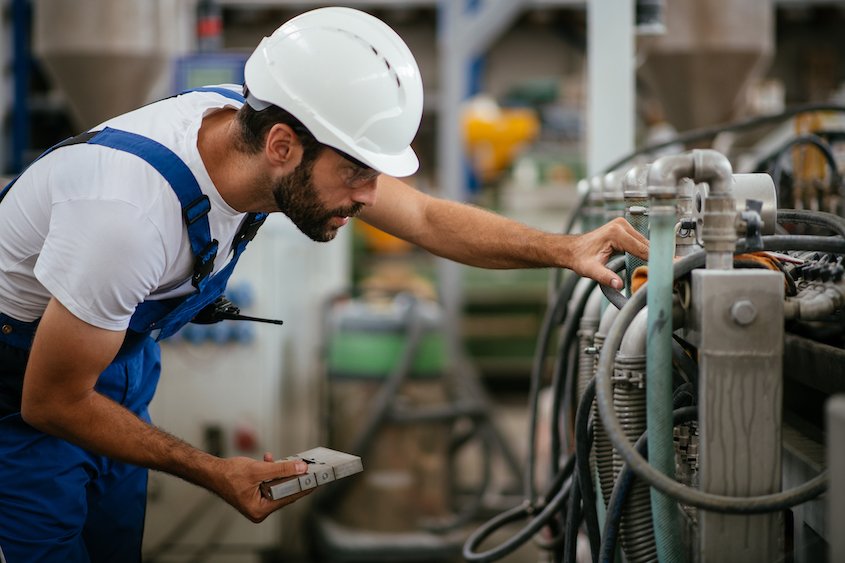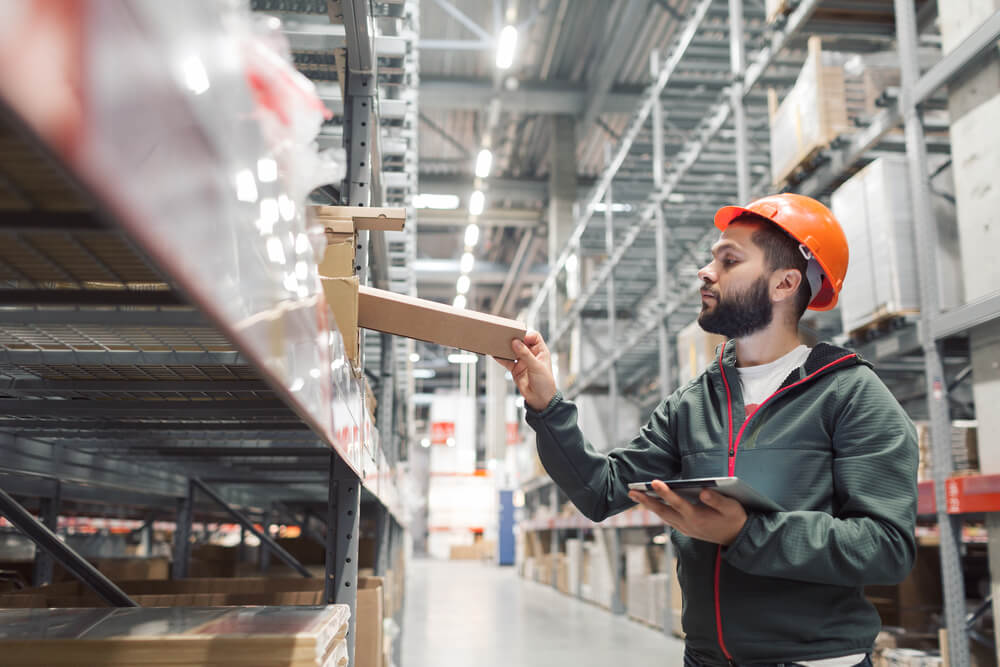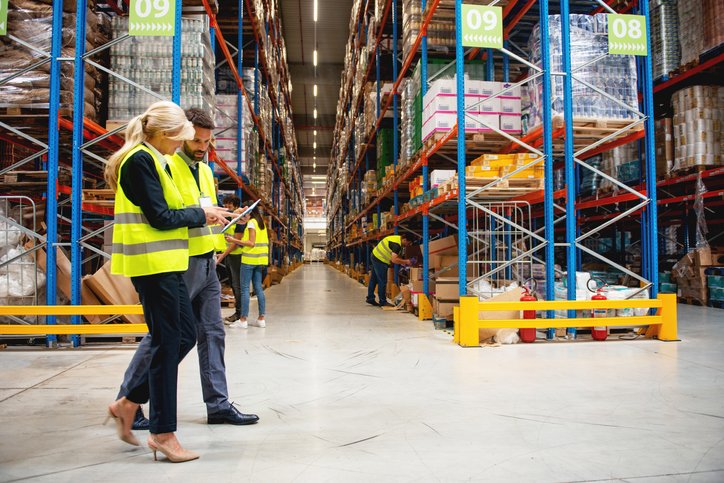Sensors and actuators work as simple components, but they both have a far-reaching impact on industrial systems. They often work together to automate and streamline industrial processes, such as facility management and manufacturing, but they can also help you prevent equipment failures and extend the life of your assets, making them an important part of Industry 4.0.
What are sensors?
A sensor is an electrical instrument that monitors and measures physical aspects of an environment and then sends an electrical signal to a control center when it detects pre-determined conditions. On the most basic level, sensors turn physical inputs into electrical signals that are output to the control center. You can use sensors to monitor the health of equipment or the status of a sensitive environment.
When installing sensors, you can program them to respond to specific changes in the environment. For instance, if the temperature in a room gets too hot, you can have the sensor alert an operator. The sensor turns the physical input of the heat into an electrical signal to alert the control center.
What are actuators?
Sensors turn a physical input into an electrical output, and actuators do the opposite. They take electrical signals from control modules and turn them into physical outputs. They can perform a wide range of functions, from turning rotors and valves to virtually anything else. You can program them to control almost any physical action
A good example of an actuator is a shutoff valve. When it receives a signal from a sensor or control module, it closes the valve. The actuator receives the input of an electrical signal and turns it into a physical action.

What’s the difference?
Sensors and actuators often work in tandem, but they are essentially opposite devices. A sensor monitors conditions and signals when it detects specific, pre-determined changes. An actuator receives a signal and performs an action, often in the form of movement in a mechanism.
Another key difference is their locations within systems. You put sensors at input points in the system, but you put actuators at the output points.
What are sensor and actuator applications in IIoT?
Sensors and actuators are vital pieces of connected technology within the Industrial Internet of Things (IIoT). In fact, IIoT systems rely heavily on sensors and actuators to operate. Sensors are used to monitor processes and equipment to provide data on how the systems are functioning.
They are used to simply monitor performance to provide data that can be analyzed over time to discover inefficiencies, and they can also be used to detect problems or malfunctions in the system and equipment.
Actuators are in IIoT systems to perform certain mundane or routine actions on equipment to improve process efficiency. For example, you can use an actuator to cause a machine press to press the widgets much more efficiently than a human operator.
One of the best examples of how you can use sensors and actuators together within IIoT systems is the robotic arm in manufacturing plants. The sensors gather data from the environment and then send signals to the actuators to move the arm to perform a function.
If you set up the system so that data from these sensors and actuators is processed and analyzed by connected cloud-based digital asset management software, you can track performance over time and generate detailed reports on things like cost and maintenance histories to help improve productivity and boost return on investment.
How can sensors and actuators improve asset uptime?
One of the biggest benefits of using connected sensors and actuators within your organization is that they can help you increase the uptime of your assets. These tools are part of a robust preventive maintenance (PM) strategy that is one of the best ways to maintain your assets and equipment.
The goal of preventive maintenance is to increase uptime by using sensors to track asset performance and anticipate when failures might occur and make repairs before that happens. When the sensors detect that an asset has reached a pre-determined usage point, it can alert your EAM software to generate a work order and assign it to a technician.
For example, let’s say you have a machine where the manufacturer recommends you lubricate the bearings after 10,000 hours. You can install sensors to monitor the machine and once it hits 9,950 hours, your EAM software can generate a work order to inspect the machine and lubricate the bearings, and even automatically assign it to a technician.
If you wait until the machine breaks down to lubricate the bearings, now you’ve not only got to repair the machine, but you have operators standing around with nothing to do. And when the machine breaks down after hours, you have to pay overtime to get it fixed. If you don’t have the part in stock, now you’re paying extra for rush shipping.
That would be an example of time-based preventive maintenance, but where sensors can be even more useful is with condition-based preventive maintenance. For condition-based PM strategies, your sensors monitor the condition of your assets and alert your EAM software to generate a work order when it detects a potentially critical issue.
A good example of this would be a cold food storage facility. The freezer is supposed to maintain a consistent temperature, so if the temperature sensors indicate it’s risen past safe levels, it can trigger the EAM software to generate an inspection work order.
In both cases, using sensors to monitor the performance of your assets helps you avoid unplanned downtime and extend their useful life.
Summary
Sensors and actuators are a vital part of the next phase of industry. Sensors monitor physical activity and alert the control center to changes in asset performance or its environment.
Actuators receive signals from control modules to perform physical actions such as manipulating a robotic arm. When connected to enterprise asset management (EAM) software like ManagerPlus, these devices can help predict equipment failures to extend the life of your assets and equipment.




